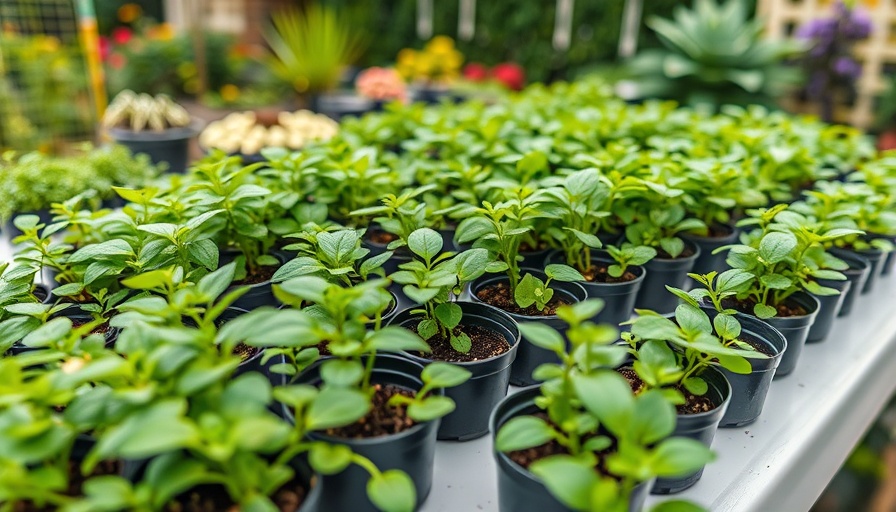
Revolutionizing Your Pepper Harvest: The Science of Pruning
If you're a gardening enthusiast living in Metro Vancouver, you've likely encountered the age-old debate: to prune or not to prune your pepper plants? Today, we delve into this topic, inspired by an insightful experiment where two jalapeño plants were put to the test to see if topping one would truly result in a higher yield. The findings provide essential guidance for urban gardeners working with limited space.
In 'We Tested Pruning Peppers To See If It Doubled Our Harvests', the discussion dives into a practical gardening experiment, exploring key insights that sparked deeper analysis on our end.
Understanding the Importance of Topping
The principle behind pruning is rooted in promoting more branching and the successful development of flowers and fruit. As demonstrated in the original experiment, topping a pepper plant early in its life resulted in a bushier structure without stunting its growth potential. By removing the top, the plant is encouraged to shift energy from growing tall to producing more branches, which can significantly enhance fruit production.
Comparing Growth Outcomes: What Did We Learn?
Throughout the course of the experiment, interesting differences became evident between the topped and untopped plants. Contrary to expectations, both plants initially showcased healthy growth, yet the topped jalapeño produced a staggering 37 peppers compared to just 15 on the untopped counterpart. This clear contrast highlights how strategic pruning can maximize harvest, especially for fast-maturing plants like jalapeños in suitable climates.
Adaptation to Local Conditions: Vancouver’s Gardening Climate
In a city like Vancouver, where residents may grapple with space constraints in urban settings, optimizing your growing techniques will be vital. If you're working in a small garden or even container gardening, followed pruning techniques can help you yield more peppers without needing more land. Furthermore, understanding the effects of pruning based on your local climate and season lengths cannot be overstated; longer growing seasons can favor pruned plants while shorter ones may still benefit from leaving some peppers to develop naturally.
Tips for Successful Pruning and Care
For those eager to employ these practices, there are a few essential tips to consider: always prune above a leaf node, do this when your plant has started branching naturally, and monitor the growth closely for the best results. Especially for smaller fruiting peppers, this technique can lead to a remarkable yield that adds flavor and nutrition to your meals.
Preparing for the Future: The Long-Term View
As we reflect on the results of this pruning experiment, it’s clear that while it's not a one-size-fits-all solution, there's considerable potential in adopting this practice, particularly for small-fruited varieties. In Vancouver, where dynamic gardening techniques are indispensable for successful crops, making small adjustments can lead to bountiful yields.
 Add Row
Add Row  Add
Add 




Write A Comment